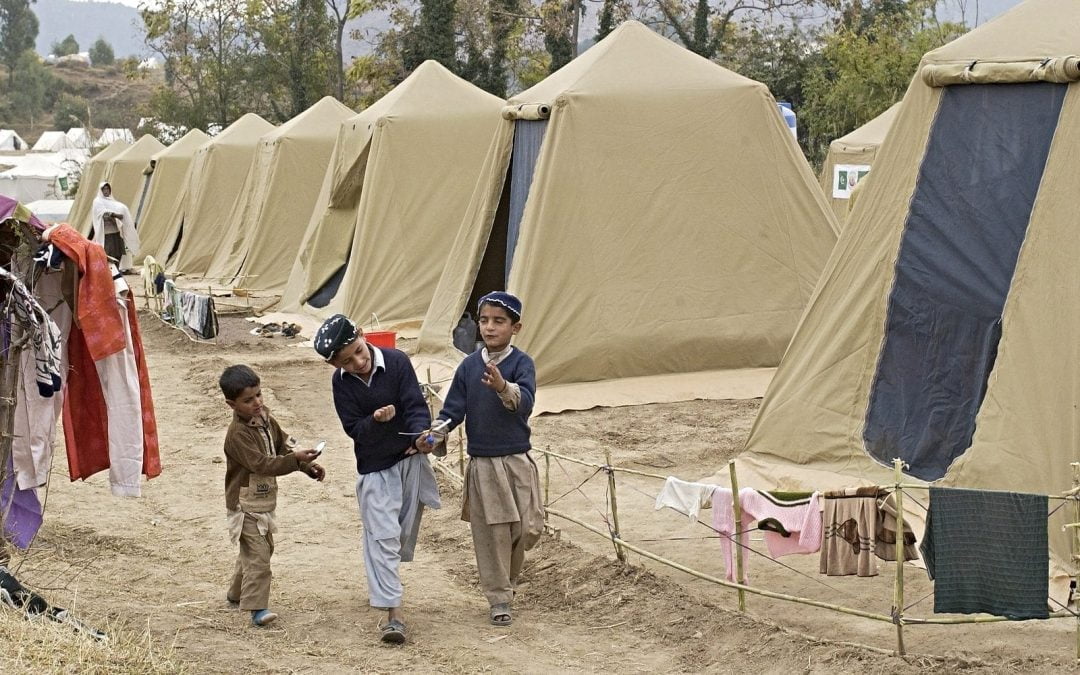More than half (3.7 million) of the 7.1 million school-age refugees are currently not enrolled in educational programs, according to a U.N. High Commissioner for Refugees (UNHCR) report published Aug. 30.
Refugees (63% enrolled in school) are far less likely to be in primary education (roughly corresponding to elementary school in the U.S.) than non-refugees (91% enrolled), based on 2018 data. This is a 2% increase in refugee enrollment from 2017.
Disparity increases for secondary education (roughly corresponding to middle school and high school in the U.S.), with only 24% of school-age refugees enrolled compared to 84% of non-refugee children.
Similarly, only 3% of school-age refugees (up from 1% last year) are involved in higher education (college or university programs), compared to 37% of school-age non-refugees.
“Commitment to giving refugee children and youth the same access to the full range of educational opportunities … is not universal,” the report said. “As long as refugee children are shut out of national systems, the gap in enrolment will remain.”
While equal access is important, significant challenges remain because responsibility for refugees’ education is not evenly distributed.
An estimated 2.9 million of the 7.2 million school-age refugees currently live in five nations: Lebanon, Pakistan, Sudan, Turkey and Uganda.
The education systems in these nations are often overwhelmed by the volume of need, something Alia Abboud noted in her Sept. 5 EthicsDaily.com article about the work of the Lebanese Society for Educational and Social Development (LSESD) to educate refugees.
LSESD has stepped in to provide education for those whom the public schools are unable to accommodate, she explained, noting that it isn’t just a matter of space but also of social development needs that the public school system can’t adequately address.
Such challenges are likely to continue in many places, as 84% of refugees live in the so-called “developing world” and 6.7 million in the least developed nations.
Schools may not be located near the refugee camps and other living arrangements. Even when accessible, the high number of school-age refugees often overwhelms the available educational resources.
“For most of us, education is how we feed curious minds and discover our life’s passions. It is also how we learn to look after ourselves – how to navigate the world of work, to organize our households, to deal with everyday chores and challenges,” the report said.
“For refugees, it is all that and more. It is the surest road to recovering a sense of purpose and dignity after the trauma of displacement. It is – or should be – the route to labour markets and economic self-sufficiency, spelling an end to months or sometimes years of depending on others.”
The full report is available here.


